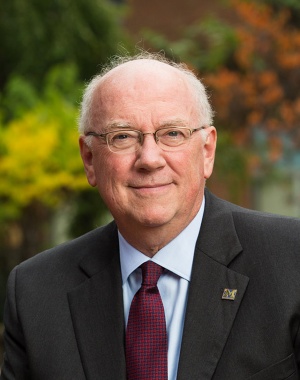Gas plants explode, planes crash, and nuclear power plants suffer meltdowns. Human beings make mistakes and complex technologies fail in unexpected ways. Often unrecognized in accidents and disasters are the organizational features that made these disasters possible or likely. This course examines the organizational features, system defects, and bureaucratic dysfunctions that contribute to large technology failures. Organizations affect the occurrence of accidents at every level. Internal characteristics like poor communication, loose coupling, and principal-agent problems lead to accidents. External factors like ineffective regulation and enforcement likewise contributes to disaster. Through case studies, sociological analysis, and organizational study this course will help students think more fully about safety and accident in our technologically complex world.
Learning will occur through study of detailed real-world case studies as well as social-scientific analysis of the workings of various organizations and agencies and the actors and to take on a particular accident or failure in order to analyze the incident; identify causes and dysfunctions; and recommend remedies for reducing risk through public policy and corporate organizational change. Examples may include: Katrina disaster relief process, 2011 Mississippi River flooding, the Morandi Bridge collapse in Genoa, Fermi I meltdown, Davis-Besse nuclear power plant near-miss, New England Compounding Center meningitis contamination case, sexual predation scandal at Penn State or MSU.
